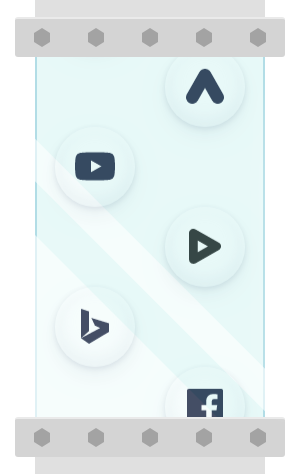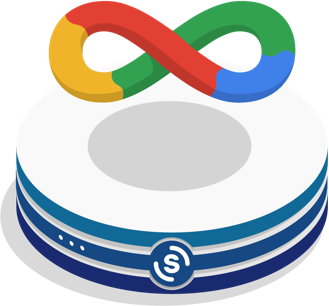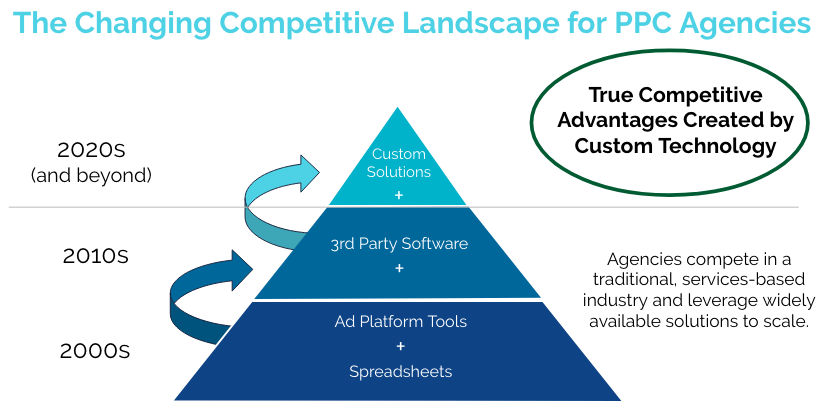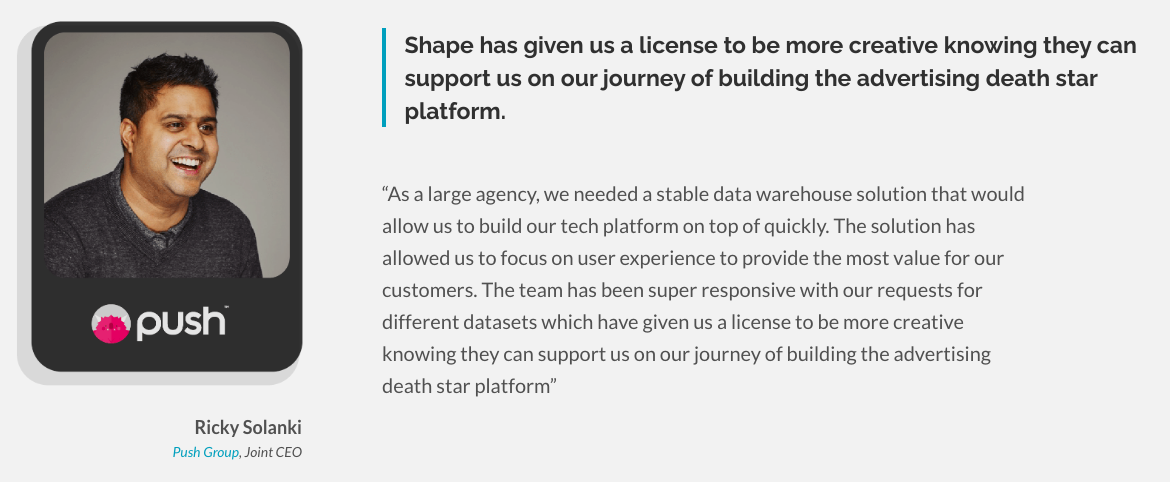What is a PPC Data Pipeline?
A PPC data pipeline is software that accepts PPC data from multiple sources, standardizes its formatting, and creates an automated data flow that can be sent to other destinations such as business intelligence tools or data warehouses.
Data pipelines have become increasingly important in digital advertising as leading agencies set out to build custom PPC solutions for their clients driven by their unique data sets and strategies.
But engineering custom PPC tools is not easy. More PPC data than ever is flowing into agencies. For a holistic view of their clients’ performance, agencies need this data populated across many tools in their ever-increasing tech stacks. The challenge is that data is coming from multiple ad networks, and is primarily accessible manually via the platforms or programmatically via constantly-changing APIs.
This is where a PPC data pipeline comes in. A PPC data pipeline creates a link between an agency’s raw PPC data and the tools the team is using.




